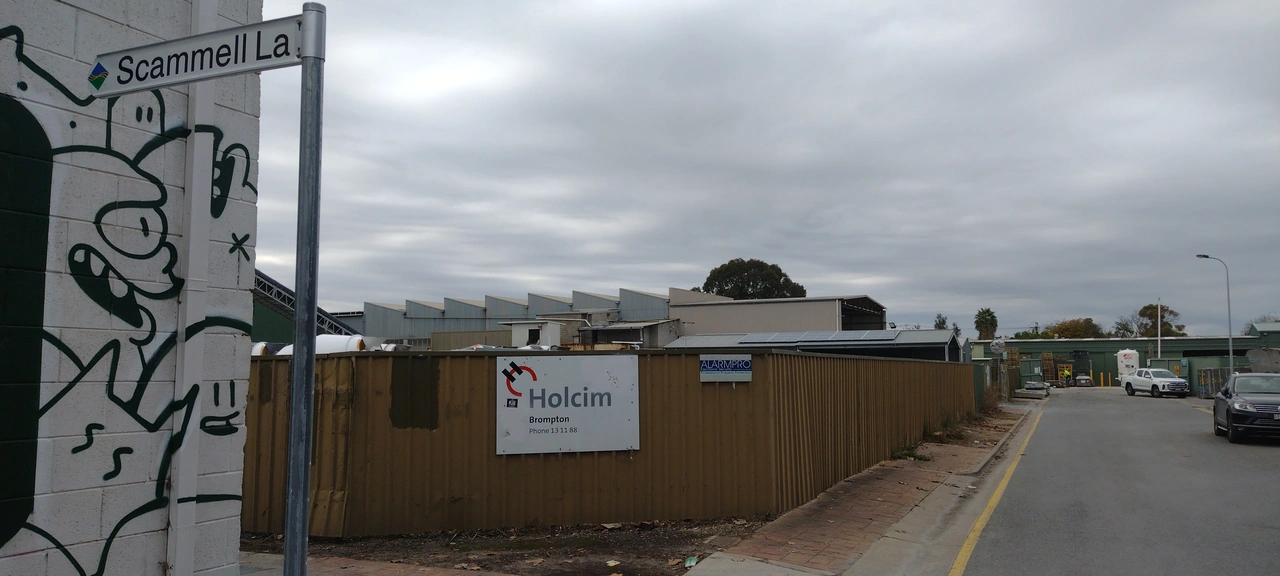I can not believe it that it has already been 20 days into the challenge and I have mapped over 30 villages so far. For the next five days I will be in Thessaloniki with a group of Wikimedians from the Balkans and I hope I manage to map every day, but if I don’t, I promise I will catch up.
If somebody following this want to catch up and learn or contribute to enriching Wikipedia, Commons and Wikidata from 26 to 30 June, reach out and ill let you know where you can find us.
Today I mapped Perkola and the surroundings. Perkola was partially mapped, so I moved around the map and mapped some other areas too.
“#100villagesin100days #day20”





